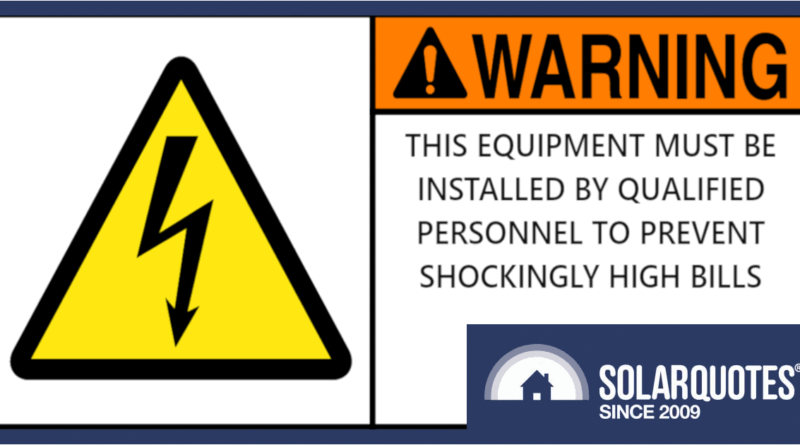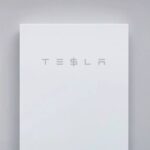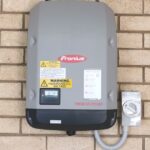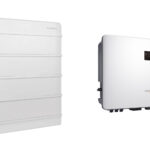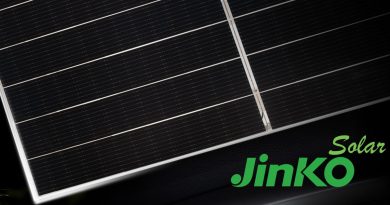Kevin And The Case Of The Missing Kilowatt Hours
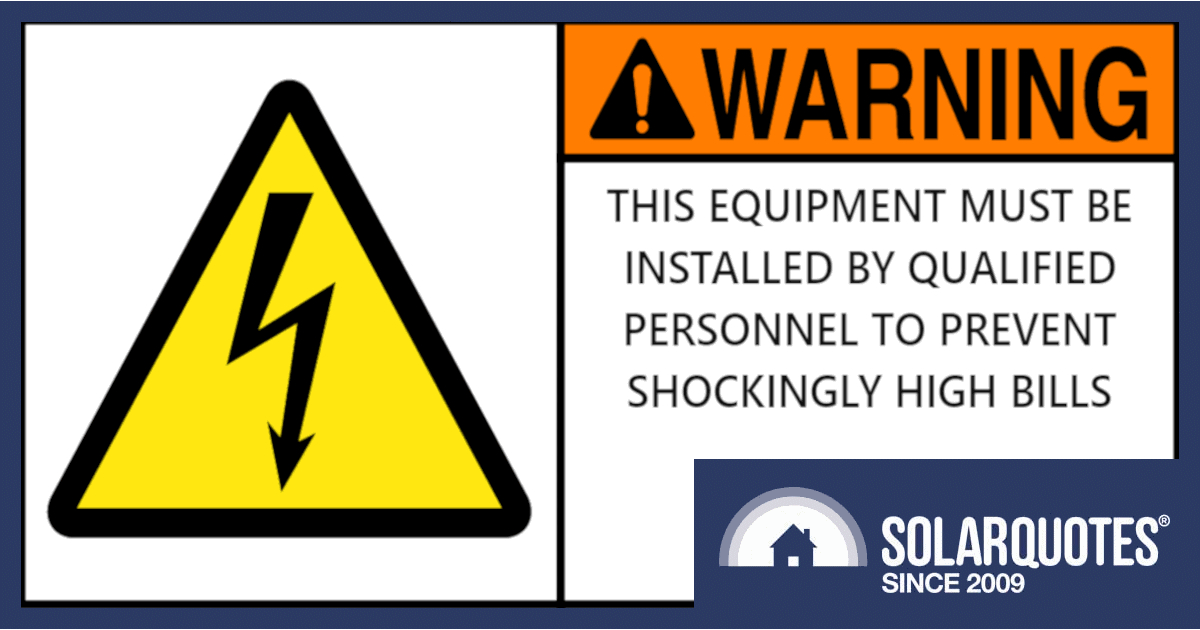
Be careful when engaging non-battery-savvy electricians to work on your battery-powered home…
There was so much red ink, it looked like a murder scene.
Not long ago, in a suburb not too far away from SolarQuotes HQ, a solar/battery system owner made contact. He was engaged in an age-old battle, arguing with his electricity retailer about what seemed to be excessive charges on his power bill.
Luckily this person was within range of Irene the i-Miev, so SolarQuotes dispatched an intrepid investigator. 13 km / 2.1 kWh / 80 cents later, I arrived to interrogate the embattled consumer Kevin and his solar/battery system.
Kevin had invested in a large grid-connect solar system before moving into the house and then spent more on a Tesla Powerwall. His quarterly bill disagreed with the numbers produced by the Tesla monitoring, and Kevin was flummoxed.
What Are The Elements, Dear Wattson?
Looking inside the switchboard we found lots of gear, including a stand-alone Clipsal monitoring device. This is the same hardware sold by Solar Analytics, and manufactured for Watt Watchers.
At first blush, nothing appeared to be out of place with either the main switchboard or the Tesla gateway. Credit should go to DQ Electrical for a neat install, with service loops and some quality conduit work for the two 5kW Sungrow solar inverters.
Progressing inside, I could see the confusion. The Tesla app was showing a charged battery and good solar energy yield. The Clipsal energy app wasn’t as intuitive, but both seemed to agree there wasn’t much electricity being imported from the grid.
The retailer begged to differ. Not only did they have bills issued for energy consumed, but they also forwarded the raw data the bills were based on. Not everyone realises that as an account holder you can contact your DNSP and get the interval data, which breaks down your consumption into 15-minute blocks and conveniently presents it in a column graph.
So Kevin showed me the interval data on his desktop PC. Indeed, there were some big slabs of consumption. We concentrated on mid-winter with the most electricity imports and the least solar generation. He explained the repetitive square-edged blocks of energy use began at midnight and finished at 6 am because there was a heat bank programmed to these times. Regular as clockwork. Interesting.
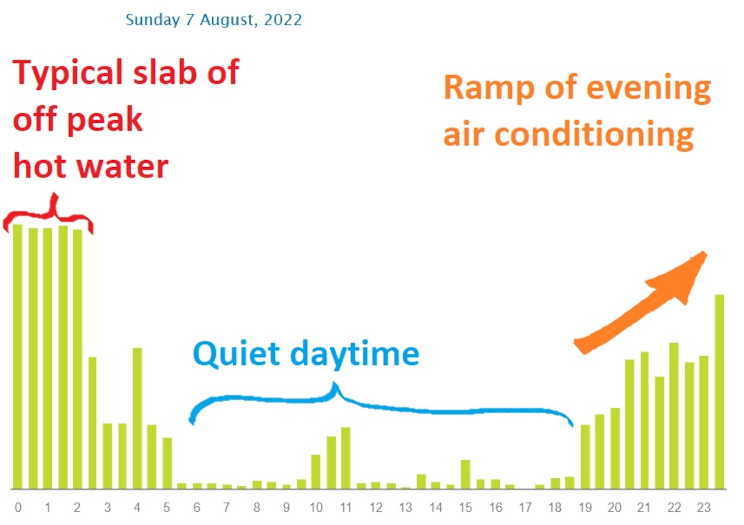
How to interpret some interval data. Solar consumption monitoring can produce more or less detailed versions of this information.
The penny soon dropped for two reasons:
- First, if the Tesla battery had been powering this hefty load there would be some ramping or, depending on state-of-charge, variation as to when the grid consumption started each night.
- Second, the Tesla app showed 80% charge at sun up most mornings when the battery should be flat around 4 am.
You’ve Never Heard Of A Heat Bank?
Heat banks are a box of bricks heated by a toaster element. According to the label, this particular one has almost 150 kg of thermal mass, which will use ~2.8 kW or ~17 kWh over 6 hours. That is about 130% of the Tesla battery’s capacity.
Typically these heaters are heated up overnight on an off-peak tariff. Convection of air through the wall-mounted appliance heats the room quietly as the ceramic blocks cool through the day. It’s actually an energy storage technology, not unlike your hot water service. A thermal battery well suited to being “charged up” using solar electricity.
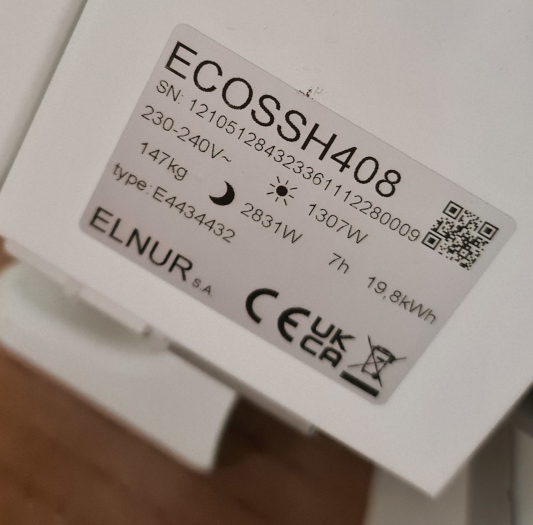
There it is, quietly chomping through as much as 119 kWh every week.
The final piece of evidence Kevin let slip was this heat bank was the most recent equipment installed. So we returned to the switchboard to positively identify the little monster that was quietly chewing up lots of electricity. Whoever installed it failed to label the escutcheon, so it didn’t raise any eyebrows on the first inspection.
Knowing what we were looking for meant it was much easier to identify the circuit breaker and, more importantly, the wire supplying it sneaking away from the main switch. This connection was upstream of the Tesla gateway, which meant the battery couldn’t supply the load, and the monitoring system couldn’t see it either.
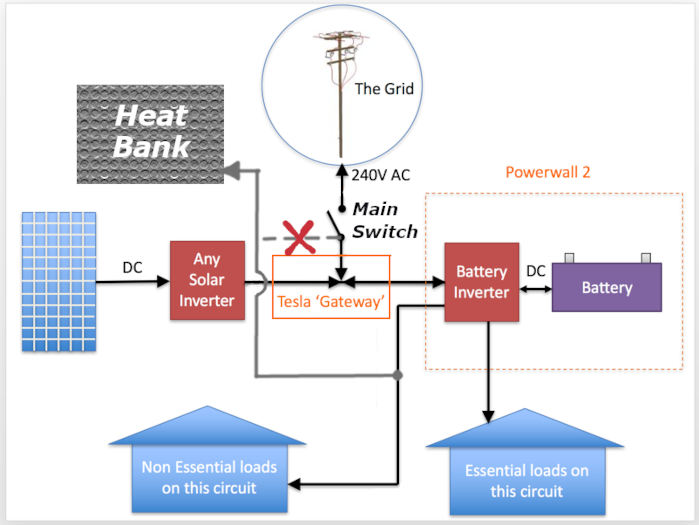
X marks the spot. Removing this connection from the main switch and putting it in its proper place makes all the difference.
So, unhappily for Kevin, his energy retailer was correct. He was using lots of grid electricity overnight. The Tesla battery had done what was expected, supplying overnight loads… the ones it was connected to.
The heat bank installer didn’t know where to pick up the supply in the switchboard, and the customer wasn’t aware of it either. Just to be clear, it wasn’t the solar experts from DQ electrical who made this error, their work has been excellent, but it is a simple mistake to make if you’re not inquisitive enough to ask.
I rectified the situation by putting the heat bank downstream of the Tesla gateway to be monitored along with the rest of the house. It will be interesting to see how the whole arrangement performs across the coming months and the coming winter.
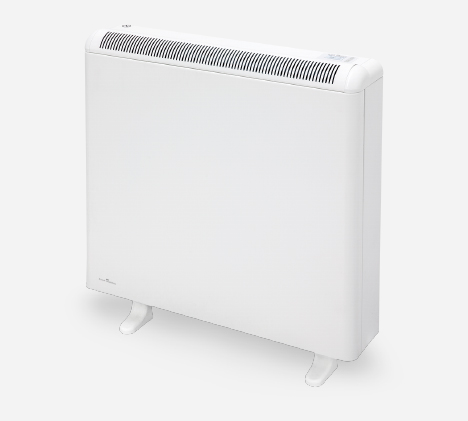
A heat bank looks deceptively simple because it is. 150 kg of masonry takes a while to cool once warmed up.
What Have We Learnt?
- Be careful when adding hard-wired appliances to a solar/battery-powered home. Not all electricians understand or even care about integrating with your solar power system and batteries. Switchboard labelling is essential.
- The whole point of a heat bank is that it stores energy. Using stored electricity in a battery to power another energy storage device is sub-optimal, to say the least.
- The heat bank should either be powered by off-peak electricity or solar. A solar energy diverter automatically puts surplus solar into the heat bank after the battery is charged. In fact, that’s how the heat bank manufacturer is positioning them.
- Heating the house overnight using a home battery would be 3-5 times more efficient with a heat pump. The customer may prefer the silence of a heating element or the comfort afforded by a convection heater, and that’s an economic decision for them.
Original Source: https://www.solarquotes.com.au/blog/electricity-consumption-mystery-solved/

